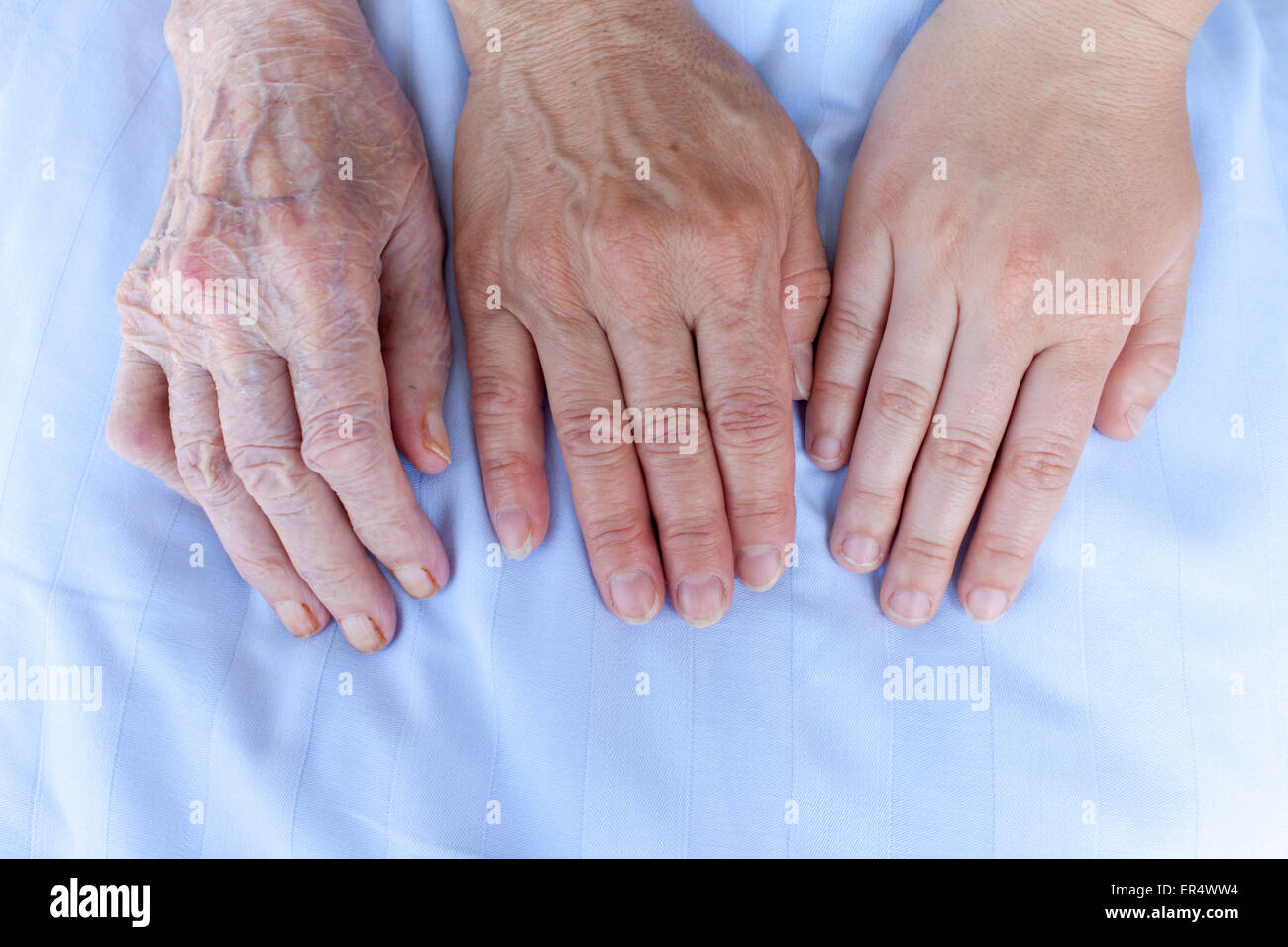52 Hands
Economics (/ ɛ k ə ˈ n ɒ m ɪ k s, iː k ə-/) is the social science that studies how people interact with value; in particular, the production, distribution, and consumption of goods and services.

52 Hands Block
Props to the homies over at Frank 151 who shed some light to the art of 52Hand Blocks! They wrote up a thorough piece on the origins and the evolution of the art, which has found a home amongst Black fighters on the UFC Circuit but still thrives behind prisons walls especially upstate New York.
52 Hands 52 Blocks
- Standard Poker Hand Ranking There are 52 cards in the pack, and the ranking of the individual cards, from high to low, is ace, king, queen, jack, 10, 9, 8, 7, 6, 5, 4, 3, 2.
- A Bridge hand consists of 13 random cards taken from a deck that holds 52 cards. The total number of possible Bridge hands is thus: COMBIN (52, 13) = 635,013,559,600. When we calculate the probability of getting a Bridge hand with a particular point count, we divide.
- ♫ Techno 2020 🔹 HANDS UP New Years Bash Music Mix 6h Best of Megamix Time to celebrate our new year 2020! Welcome to our best of Techno Hands Up megamix.

By Daniel Marks aka Farisi
“Not much was ever written on the topic of 52 Hand Blocks, but its previous name managed to get some ink in several publications. Jail House Boxing (a.k.a. Jail House Rock) first showed up in an article on Martial Arts in prison called, “KARATE IN PRISON: Menace, or Means of Spiritual Survival?,” by Anne Darling and James Perryman in Black Belt Magazine, Vol. XII, #7, from July, 1974.
An inmate described a style of boxing based on the Comstock prison. The term Jail House was universal in speaking about prison fighting styles and the name of each prison was used to separate each form. Each prison had its own environment and the styles were used to meet the challenge of survival in that prison system.
During the late 20’s another term for 52 was being used to describe the fight; “Stato,” which means the fight from upstate New York. Elders in my community remember this era and spoke about the styles of boxing that were born during the Chittlin’ circuit, a period in boxing history where Black Boxers could not compete for the Title but fought each other throughout the South, Midwest and up and down the East Coast.
The Chittlin’ circuit Boxers boxed in an era where Blacks fought for entertainment like in the Battle Royal. A group of young Black men would gather in a ring and fight each other while the on-lookers would throw money in the ring that would be collected by the winner. This was a carryover from slavery and a throw back to the Bare-Knuckle Prizefighting days of the 1700’s where the Master of the winner would collect the money in what was known then as Pit fighting.
From “Stato” to Jail House many of the Up North Prison institutions would develop popular fighting styles like Mount Meg, Woodbourne (known for the shuffle), Comstock (known for the high low guard, and the Comstock roll), Clinton, and Elmira (52, the pretty boy style). The 52, pretty boy style slowly began to show up on the scene around the late 70’s with the rise of the Nation of Gods and Earths also known as 5%ers.
52 is now the umbrella name for our Black Diaspora fighting styles of North America.
52 is not Wing Chun mixed with Western Boxing. There is a belief among some people that the influence of Kungfu movies had a profound impact on inner city kids, and to some degree this is true, but so did the Cowboys and Indian movies and Black Exploitation films of the 70’s. 52 hand blocks is not from the movie, “The 36 Chambers”, nor is it from break dancing, though some styles of Breaking were born out of the practice of 52. The connection between 52 and Breaking goes back to the mid 1800’s when the spiritual practice of Kalinda made its way into the Port city of New Orleans. But back in NYC where weapons ruled the streets, community gangs were trying to protect their neighborhoods from the violence. Men needed a way to defend themselves, so our practice was a sought after treasure.
In other words, 52 is a culture that we African people have come to accept as Body Wisdom. Music, Speech, Language and Dance make up our spiritual beliefs and practices. There is IFA (Yoruba), Voodun (Togo Benin), the Kalunga (KiKong), Judaism and Islam. These are but a few of the exports to the Diaspora that traveled with the African and in each spiritual system are the seeds of resistance that we call 52 hand blocks.”
all rights reserved Constellations